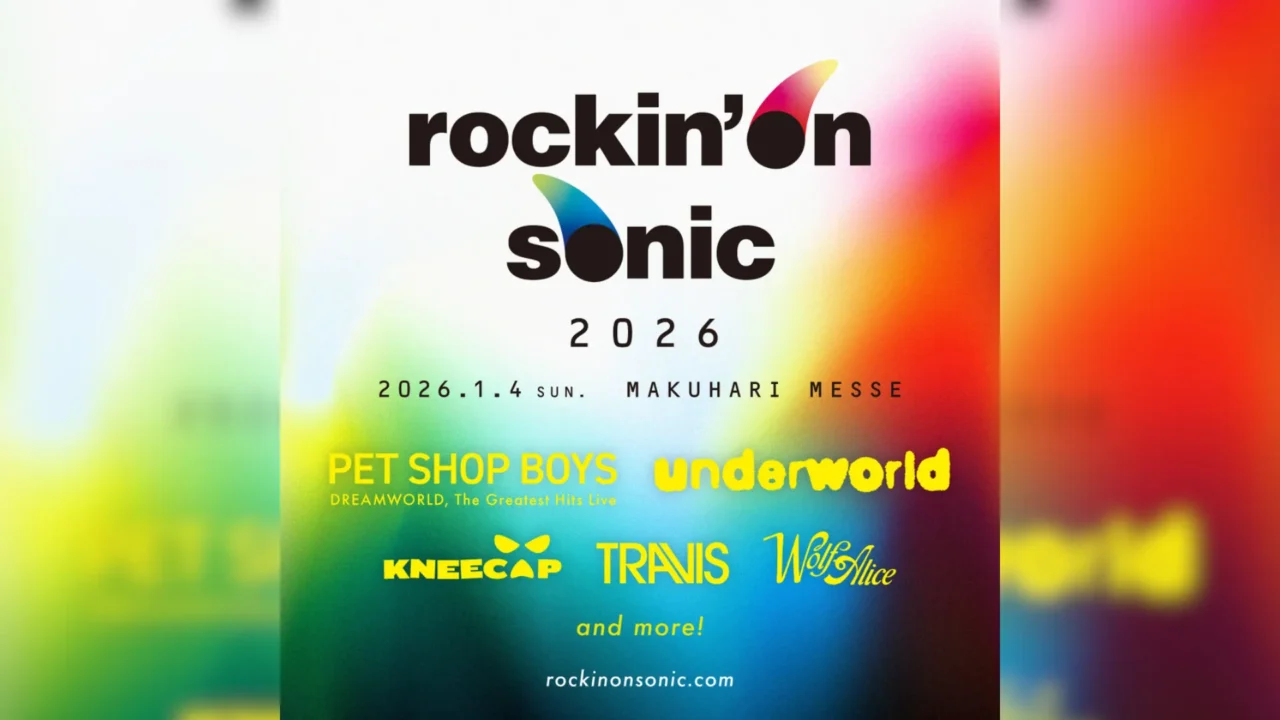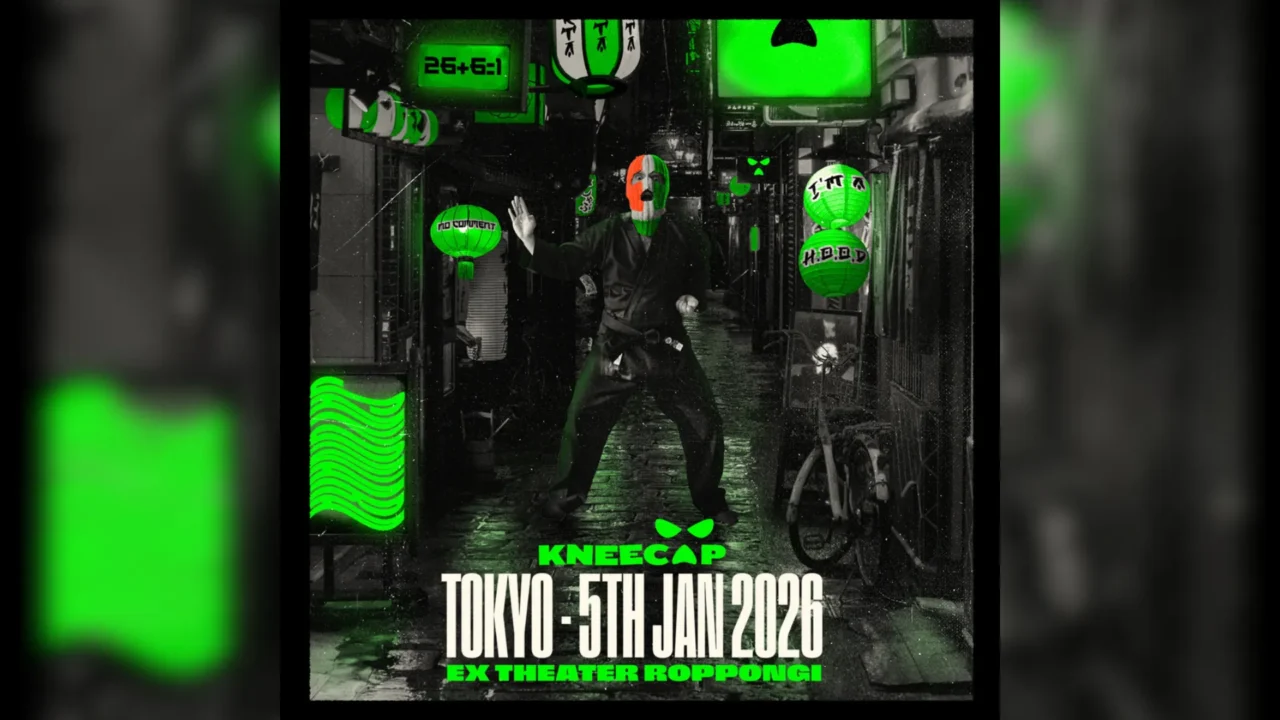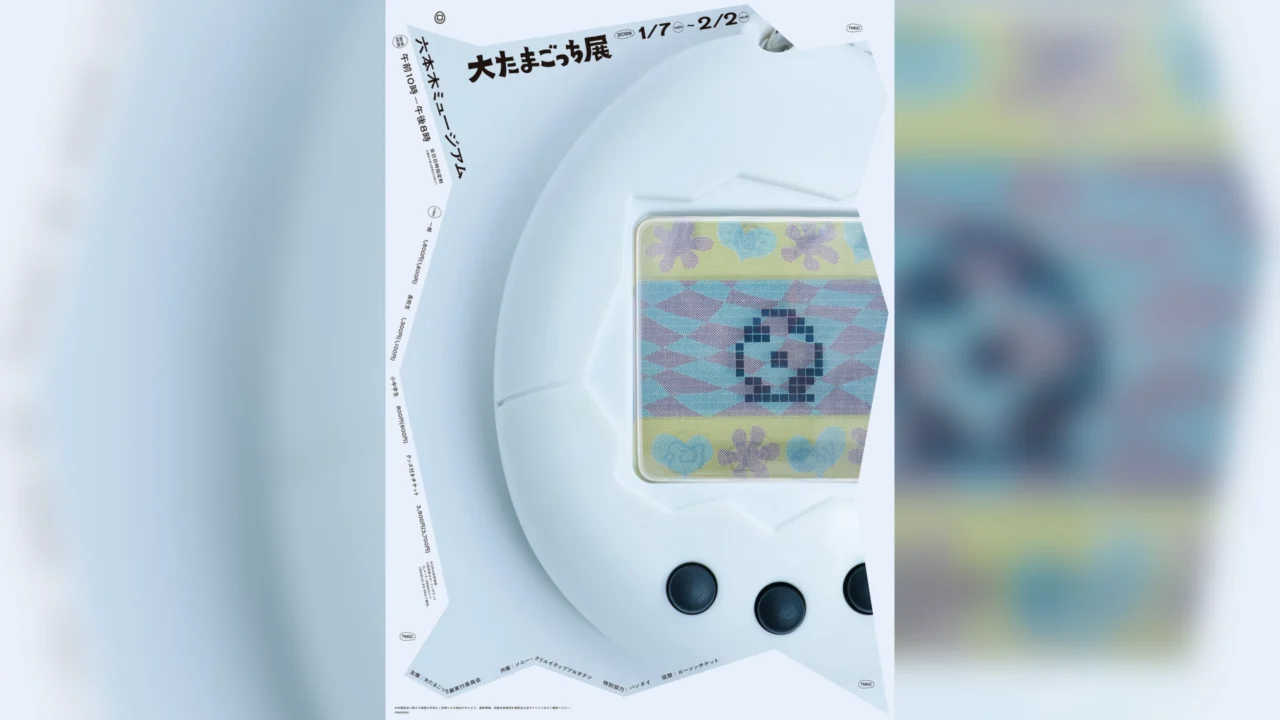INDEX
Why HAPPY END’s “Kazemachi” was built and loved
On the other hand, HAPPY END created “Kazemachi” with an objective viewpoint and a straightforward description of the scenery, using their famous “desu masu” style. This was due to the time period in which the group was situated.
As is clear from the “Japanese rock controversy” that raged from 1971 to 1972, there was a stereotype in Japan at the time that rock music, which was imported from overseas, was to be sung in English, and the situation was inseparable from the acceptance of Western values. In the midst of this situation, Happiendo’s attempt to establish “Japanese rock” and, by extension, “Japanese rock” was not an imitation of foreign countries, but rather a relative expression of them.
What they depicted in their lyrics was nostalgia for a pre-modern, rural, social Japan that had been lost after the Tokyo Olympics. In a future-oriented world where the common ideals of finding a good job, being married to a good person, and achieving happiness can now be realized through one’s own efforts, the postwar reconstruction and period of rapid economic growth, there is a past-oriented desire for “those days,” which functioned as a reactionary force. In a society with such ambivalent feelings, the lyrics of HAPPY END, which captured the hearts of young people who were in the underground and alternative strata, who loved rock music that had not yet become popular at the time when folk music was popular, were not only nostalgic, but also sang about the common ideas of the young people of that time.
























